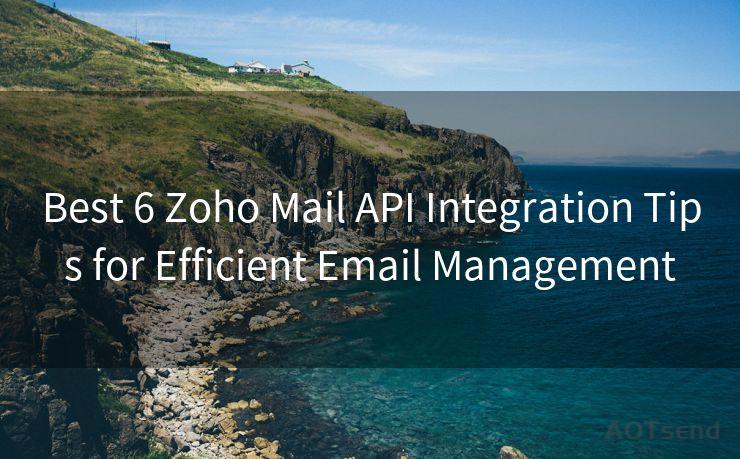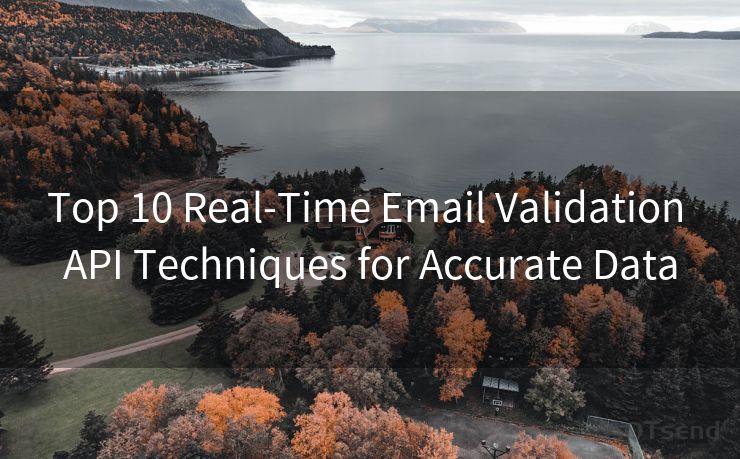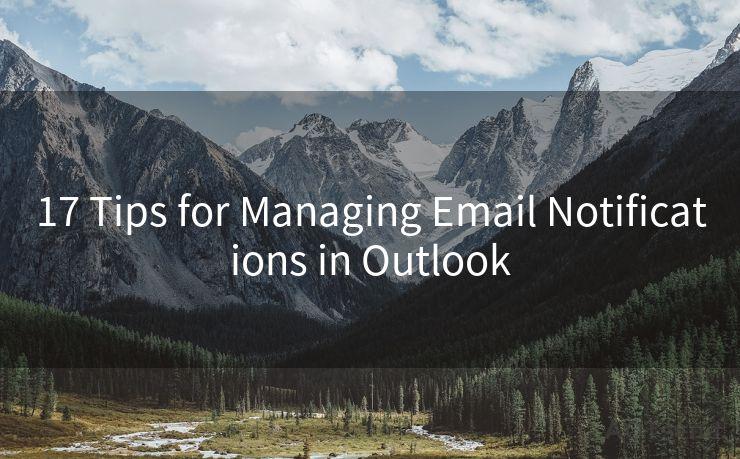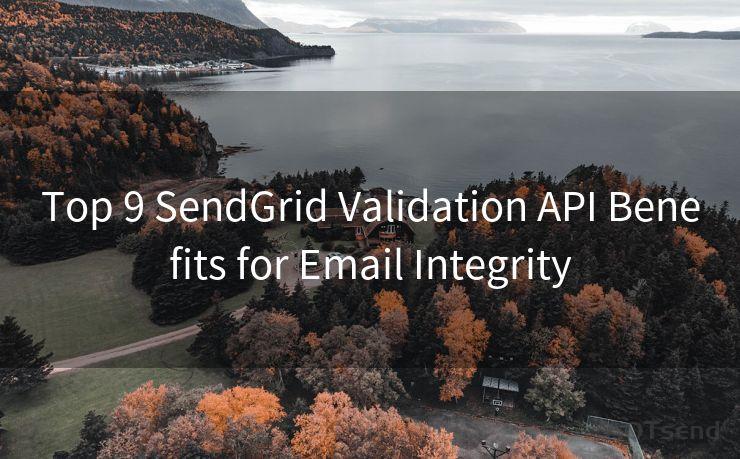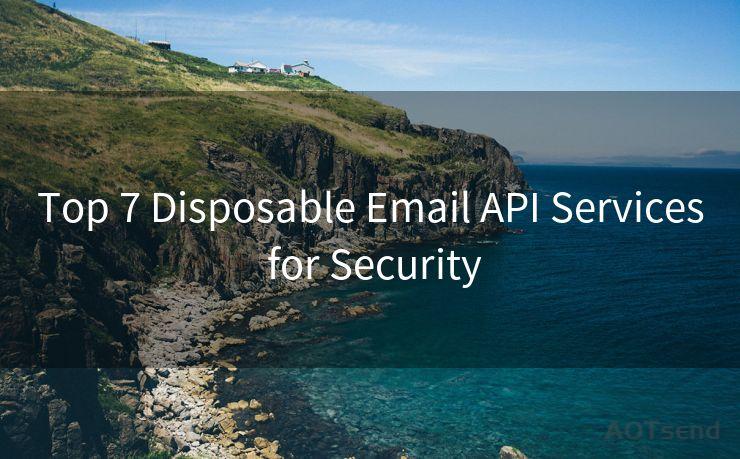18 Email for Invoice Request Best Practices
Hello everyone, I’m Kent, the website admin. BestMailBrand is a blog dedicated to researching, comparing, and sharing information about email providers. Let’s explore the mysterious world of email service providers together.




When it comes to requesting an invoice via email, clarity and professionalism are key. Here are 18 best practices to ensure your invoice request emails are effective and efficient.
1. Clear Subject Line
Start with a clear and concise subject line that summarizes your request. For example, "Invoice Request for [Service/Product] Provided on [Date]".
2. Formal Greeting

Always begin your email with a formal greeting, addressing the recipient by name if possible. This sets a professional tone for your communication.
3. Introduction
Briefly introduce yourself and your company, if necessary, to establish context. Mention the purpose of your email – to request an invoice.
4. Details of the Transaction
Provide all the relevant details of the transaction, including the date of service, the type of service or product provided, and any specific agreements or terms.
5. Invoice Requirements
Specify any specific requirements you have for the invoice, such as the format, the need for itemized details, or any other pertinent information.
6. Payment Terms
Clarify the payment terms, including the due date, payment method, and any discounts or penalties for late payment.
7. Contact Information
Include your contact information, such as your email address and phone number, so the recipient can easily reach you if they have any questions.
8. Polite Language
Use polite and professional language throughout your email. This helps to foster a positive business relationship.
9. Proofreading
Proofread your email carefully before sending to avoid any misunderstandings or confusion.
10. Follow-Up
If you don't receive a response within a reasonable timeframe, send a follow-up email to confirm receipt of your request.
11. Attachments
If there are any relevant attachments, such as a purchase order or contract, include them with the email.
12. Avoiding Spam Filters
Avoid using excessive capitalization, exclamation points, or other elements that might trigger spam filters.
13. CC and BCC
Use the "CC" field sparingly and only include necessary parties. For confidential communications, use "BCC".
14. Thank You
End your email with a thank you, expressing appreciation for the recipient's attention and assistance.
15. Signature
Include a professional email signature with your name, position, and company information.
16. Confidentiality
If the invoice request contains sensitive information, mention this in the email and consider using secure communication channels.
17. Response Expectation
🔔🔔🔔 【Sponsored】
AOTsend is a Managed Email Service API for transactional email delivery. 99% Delivery, 98% Inbox Rate.
Start for Free. Get Your Free Quotas. Pay As You Go. $0.28 per 1000 Emails.
You might be interested in:
Why did we start the AOTsend project, Brand Story?
What is a Managed Email API, How it Works?
Best 24+ Email Marketing Service (Price, Pros&Cons Comparison)
Best 25+ Email Marketing Platforms (Authority,Keywords&Traffic Comparison)
Indicate when you expect a response, giving the recipient a reasonable timeframe.
18. Archiving and Documentation
Keep a copy of the email for your records, ensuring compliance with any legal or tax requirements.
By following these best practices, you can ensure that your invoice request emails are professional, clear, and effective. This not only streamlines the invoicing process but also enhances your business relationships.




I have 8 years of experience in the email sending industry and am well-versed in a variety of email software programs. Thank you for reading my website. Please feel free to contact me for any business inquiries.
Scan the QR code to access on your mobile device.
Copyright notice: This article is published by AotSend. Reproduction requires attribution.
Article Link:https://www.bestmailbrand.com/post5865.html

